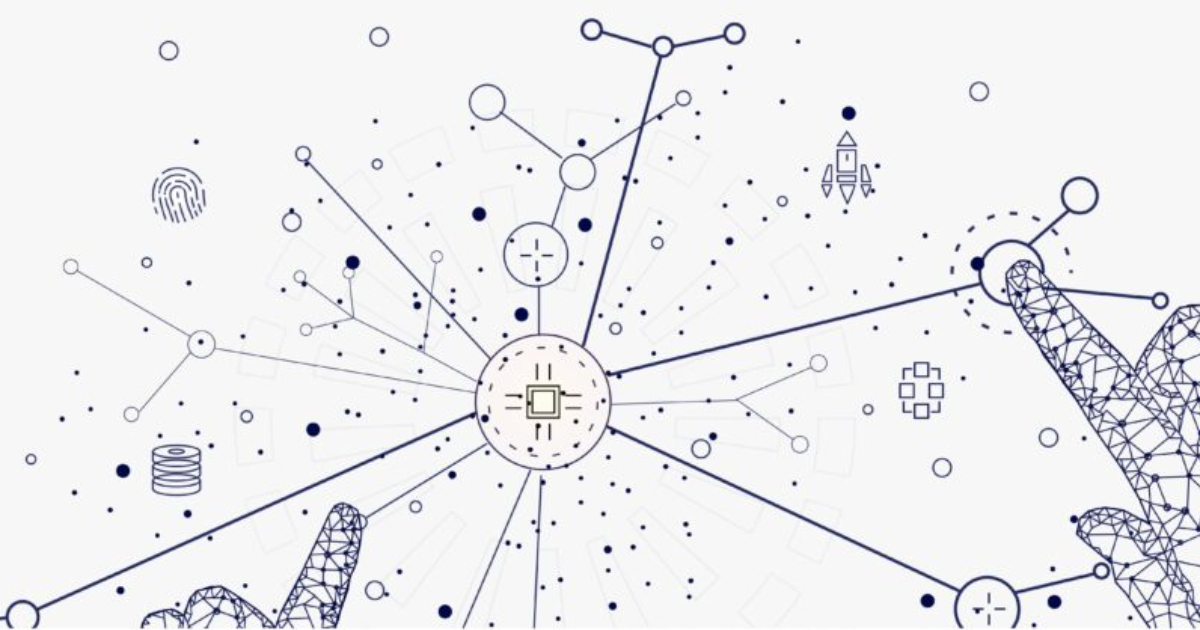Most security breaches happen because of delayed responses. Your IT team already handles so much, and sometimes they don’t notice a breach until routine audits weeks later.
You especially want to avoid the consequences, as an average data breach now costs companies $4.45 million.
And guess what? It takes an average company 277 days to detect and recover from a breach—that’s almost a year.
During this time, hackers can install malicious software, exploit vulnerabilities to gain unauthorized access, and steal sensitive data.
But what if you automate things to avert delays or lapses that may facilitate vulnerabilities?
In this article, I’ll discuss five surefire ways to protect your business 24/7 by automating your security and compliance processes.
How to Keep Your Business Secure and Compliant with Automation
Automation can keep your business secure and compliant only if you do it right. Here are 5 ways to do that:
1) Use Automated Threat Detection
Automated threat detection systems monitor your cloud environment for suspicious activity and alert your system when they detect it. These systems, like AWS’s Guard Duty, Microsoft’s Sentinel, or CrowdStrike, collect data from your VPC, storage spaces, DNS, and other cloud resources to analyze and identify any potentially dangerous activity. If they find threats, they automatically create case files to analyze the threat they discover based on pre-set rules. Here’s an example from the Microsoft Sentinel dashboard:
If someone, for instance, tries to log in to your internal server with an address from Russia when you have no employees in Russia, these threat detection systems block the IP address, lock the targeted account, and send an alert to your team. These systems integrate directly with your infrastructure (or the specific resource you want to protect), so you won’t have to worry about manually tracking external threats on your cloud.
2) Automate Security Patching
Security patching is when you update your software with code fixes that repair security breaches before attackers can exploit them. When software vendors discover security vulnerabilities in their products, they release patches that can create fixes to address the issue.These patches modify the actual code to eliminate security flaws, update your authentication, reduce excessive permissions, and improve how you handle data. In other words, they fix everything that needs to be fixed in your system.
Automating these patches means setting up a system that automatically finds, downloads, and installs security fixes to your software, operating systems, and applications without manual intervention from your IT team.
This reduces your vulnerability to attacks, as most successful cyber attacks target vulnerabilities that have yet to be patched.
A prime example is the Log4J breach, which allowed attackers to steal customers’ credit card information and shut down production systems. This happened because companies didn’t update their system even after Apache, the company that owns the logging software, released a patch.
3) Encrypt Your Business Data
Data encryption converts your business information into codes that can only be decoded and read with the correct encryption key.
Encryption ensures that if someone breaks into your system during a transfer, they can’t use what they’ve stolen. For example, AWS S3 is secured and encrypted, and anyone who breaks into it cannot access any information except they have the correct keys.
Here’s why:
Let’s say you have readable data, like your customers’ financial records, information, or employee records. We’ll assume it’s a number that looks like this:
4532-7891-2345-6789
The encryption algorithm (more like a mathematical formula) scrambles that data completely with a digital key, so it’s unreadable to the human eye.
It looks like this after encryption:
JpQ7$nB#L*zX9@fR5&tY2!
The output (also called ciphertext) is a jumbled collection of characters that reads like jargon.
Only that it’s not.
With the correct key, you can reverse the process and turn the ciphertext back to plain text.
This protects your data before it’s decoded, even if hackers were able to penetrate your storage resource.
4) Automate Your Compliance Process
Compliance automation tools monitor your cloud environment to ensure it adheres to industry regulations. For example, these tools will check if a medical company follows the updated HIPAA standards, or if a finance company adheres to the PCI DSS.
How?
By monitoring. They scan your cloud infrastructure, applications, and how you handle data to identify compliance issues.
If you run a healthcare clinic that must comply with HIPAA, your compliance automation tool might detect that:
- A new cloud database was created without encryption enabled, which violates HIPAA’s data protection requirements.
- Patient data is backed up to a storage location without proper access controls. This breaks the minimum necessary access principle.
- A required audit log was accidentally disabled during a system update (which makes it hard to track).
If it finds these issues, the tool will immediately alert you to them before you violate compliance.
Otherwise, it could have been weeks or months before you discovered these issues, and you could have been operating out of compliance and possibly exposing protected health information.
You can also potentially lose money, considering the average HIPAA violation penalty ranges from $141 to $2,134,831 per violation.
5) Set up Automatic Backups
Automated backups protect your data without manual intervention. It runs in the background on a predetermined schedule.
Here’s how they work:
Your backup system takes snapshots of your data at regular intervals (hourly, daily, weekly). These snapshots are stored in different cloud locations (following the 3-2-1 rule: 3 copies, 2 different media types, 1 off-site).
They keep different versions of data so you can restore them from different points in time. The system also checks that the backups are complete and uncorrupted, so they can be restored when needed.
This is even more important if you run an e-commerce store that processes hundreds of orders daily. You need automatic backups that can capture:
- Your customer database every few hours.
- Customer transaction records in real time.
- Daily product inventory data.
- And also configure your systems.
This will protect you against ransomware; if your systems are locked by ransomware, for instance, you can restore your data from the clean backups rather than pay the ransom. And this can happen to anyone, the rate of ransomware increased by 3% between 2023 to 2024 alone.
It’ll also protect you against human error, where your employees may accidentally delete important files or databases, and you wouldn’t have anything to fall back on.
Conclusion
Security automation makes your business proactive, not reactive. You can deploy threat detection tools that monitor your cloud resources and catch attacks before they affect your infrastructure. This protects your system from vulnerabilities and tracks the source of any attack to protect your system from them in the future.











